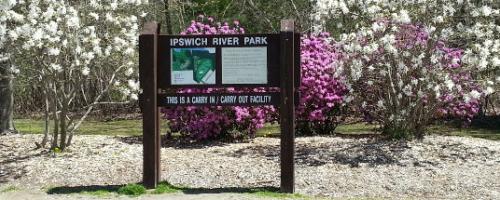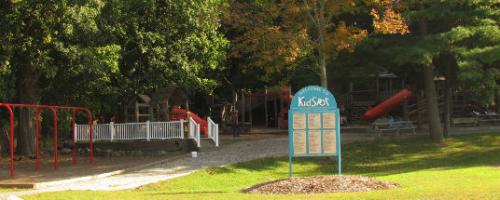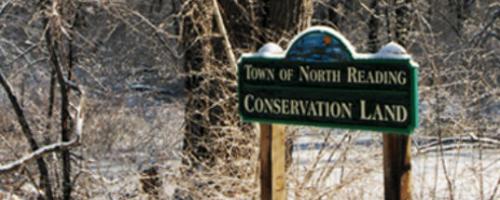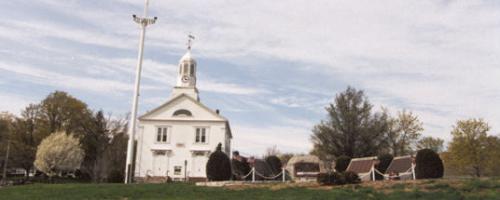Water Conserving Soils
What does soil have to do with water conservation? Most people think that they can’t have a green lawn unless they water every day, but there are many things you can do to keep your lawn green and healthy while conserving our valuable water resources. Starting your lawn off on the right foot is incredibly important for maintenance of a green lawn during the heat of the summer. Here are a few ways to help your grass stay beautiful all summer long without excessive watering!
Organic Matter
Adding organic matter to your soil will help the soil retain moisture. Peat moss, composted leaves, composted manure, composted vegetable scraps and grass clippings will all improve the soil structure and enhance moisture-retaining capabilities.
Do not over-fertilize!
Too much fertilizer can burn the grass, damage the soil and attract pests. Test your soil for nitrogen, phosphorus, potassium and pH to see when and if you need fertilizer and lime. You can have your soil tested through the placePlaceTypeUniversity of PlaceNameMassachusetts Soil Testing Laboratory, or at many local garden centers, where you will also receive recommendations on your specific soil.
Avoid Excess Fertilizer and Chemicals
Adding extra chemicals, such as weed killers and pesticides do not improve your lawn. They will either run off your property when it rains, or will migrate down through the soil until they reach the groundwater. Either way, these potentially harmful chemicals make their way to the nearest stream and eventually to the Ipswich River – the drinking water source for 330,000 people. These chemicals are contaminants in the rivers, streams and ponds, changing the water quality to make it harder for fish and water-dependent species to survive and making it more difficult to treat to drinking water quality.
Do not fertilize in the middle of summer
Nitrogen (N) fertilization causes plants to grow thicker by increasing shoot growth rate, but it also increases the amount of water a plant needs while reducing root depth and density. Both of these things lead to increased drought susceptibility.










